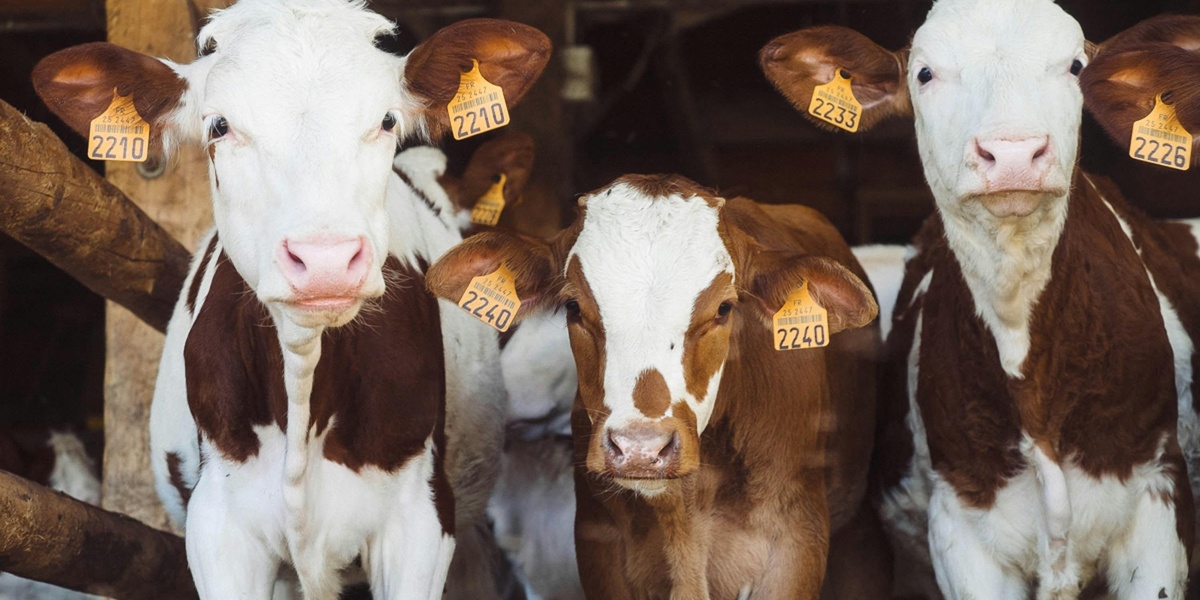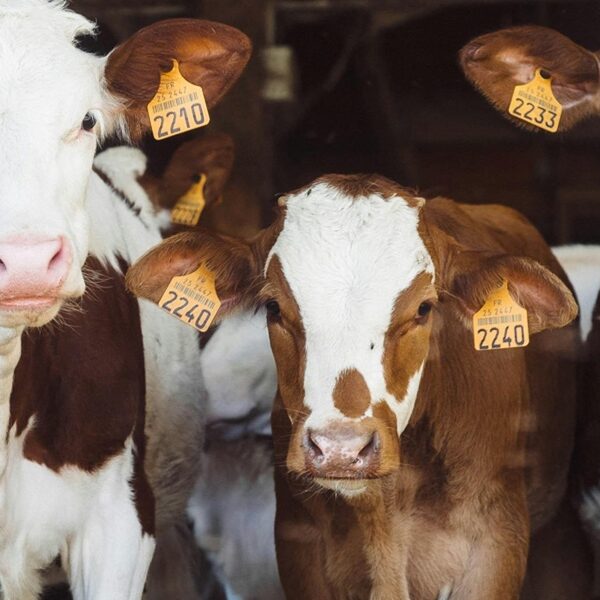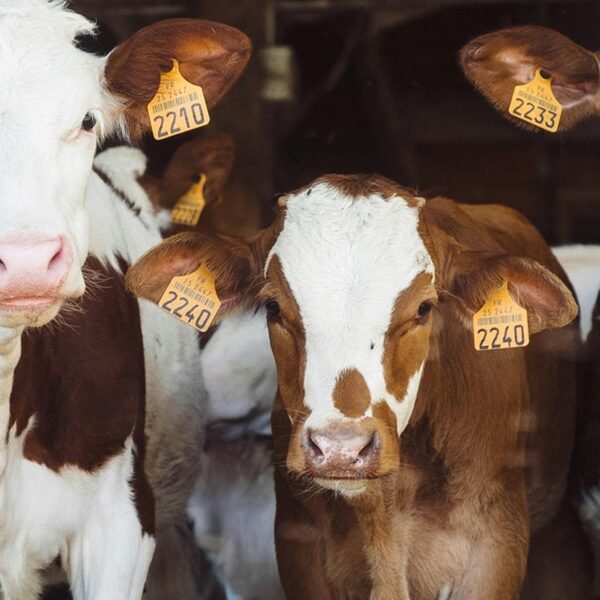This list includes 23 Farm Animals that start with M, from “Mackerel” to “Mussel”. These animals include terrestrial livestock, aquaculture species, and invertebrates commonly kept for food or products.
Farm Animals that start with M are species people raise on farms for meat, milk, eggs, fiber, or other products. For example, mussel farming has fed coastal communities for centuries and supports many small fisheries.
Below you’ll find the table with Common name, Scientific name (binomial), Order, and Typical habitat (production system).
Common name: The everyday name you recognize, helping you locate species quickly across guides and market lists.
Scientific name (binomial): The Latin genus and species that lets you identify the exact animal across regions and languages.
Order: The taxonomic order groups related families and helps you understand broad biological and practical relationships.
Typical habitat (production system): Where the animal is commonly raised, such as pasture, barn, pond, coastal farm, or intensive systems.
Farm Animals that start with M
| Common name | Scientific name | Order | Typical habitat/production system |
|---|---|---|---|
| Muscovy Duck | Cairina moschata | Anseriformes | Backyard flocks, free-range, or intensive systems |
| Mink | Neovison vison | Carnivora | Intensive farming in wire cages |
| Mussel | Mytilus edulis | Mytilida | Marine aquaculture using longlines or rafts |
| Milkfish | Chanos chanos | Gonorynchiformes | Brackish water ponds and marine cages in aquaculture |
| Mullet | Mugil cephalus | Mugiliformes | Coastal and brackish water aquaculture ponds |
| Mealworm | Tenebrio molitor | Coleoptera | Indoor, vertical insect farms with stacked trays |
| Mrigal Carp | Cirrhinus mrigala | Cypriniformes | Freshwater aquaculture ponds, often in polyculture |
| Muskox | Ovibos moschatus | Artiodactyla | Ranches in arctic and sub-arctic regions |
| Mahi-mahi | Coryphaena hippurus | Carangiformes | Offshore and land-based marine aquaculture systems |
| Murray Cod | Maccullochella peelii | Perciformes | Freshwater pond and tank-based aquaculture systems |
| Mud Crab | Scylla serrata | Decapoda | Brackish water ponds in mangrove ecosystems |
| Manila Clam | Ruditapes philippinarum | Venerida | Intertidal mudflats and sandflats in aquaculture beds |
| Meagre | Argyrosomus regius | Perciformes | Marine cages in Mediterranean aquaculture |
| Mouflon | Ovis gmelini | Artiodactyla | Game ranches and extensive pasture systems |
| Moose | Alces alces | Artiodactyla | Specialized ranches or semi-wild enclosures |
| Mackerel | Scomberomorus niphonius | Scombriformes | Marine net pens and cage aquaculture |
| Muntjac | Muntiacus reevesi | Artiodactyla | Deer farms with woodland and pasture |
| Mopane Worm | Gonimbrasia belina | Lepidoptera | Semi-domestication and ranching on Mopane trees |
| Magpie Goose | Anseranas semipalmata | Anseriformes | Free-range farming in wetland environments |
| Musk Deer | Moschus moschiferus | Artiodactyla | Captive breeding farms in enclosed forest areas |
| Mangrove Red Snapper | Lutjanus argentimaculatus | Perciformes | Brackish water and marine cage aquaculture |
| Marble Goby | Oxyeleotris marmorata | Gobiiformes | Freshwater ponds and cage systems in aquaculture |
| Migratory Locust | Locusta migratoria | Orthoptera | Intensive indoor insect farms |
Descriptions
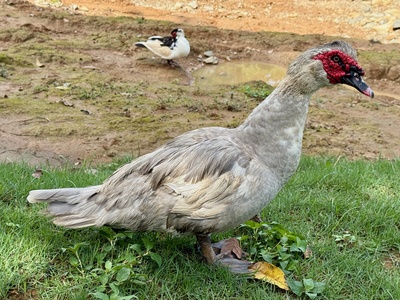
Muscovy Duck
A large, non-quacking duck from the Americas, farmed globally for its lean, flavorful meat and large eggs. Males are significantly larger than females, a trait called sexual dimorphism.
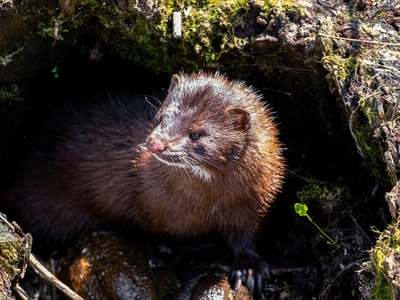
Mink
A semi-aquatic mammal primarily farmed for its luxurious, soft fur, especially in Europe and North America. Mink oil is a secondary product used in cosmetics and leather care.
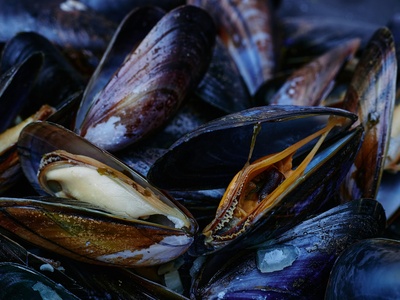
Mussel
A bivalve mollusc farmed globally in coastal waters. As efficient filter feeders, they are a very sustainable seafood choice, valued for their quick growth and high nutritional content.
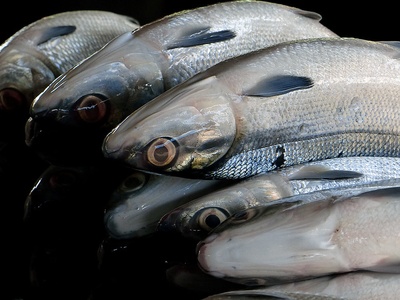
Milkfish
A silver-colored fish that is a cornerstone of aquaculture in Southeast Asia, particularly the Philippines and Indonesia. Prized for its mild flavor, though it is known for being quite bony.
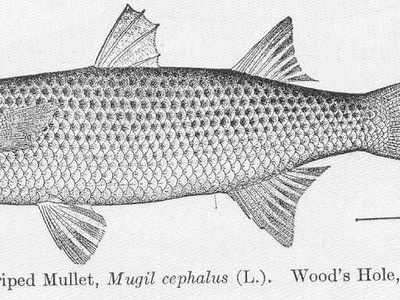
Mullet
A globally distributed fish widely farmed for its flavorful meat and valuable roe, which is salted and dried to make bottarga. They are hardy and tolerate a wide range of salinities.
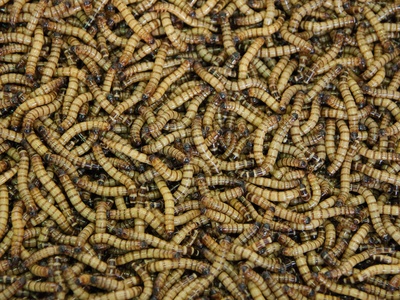
Mealworm
The larval stage of the darkling beetle, farmed worldwide as protein-rich food for pets, livestock, and increasingly for human consumption as a sustainable protein source.
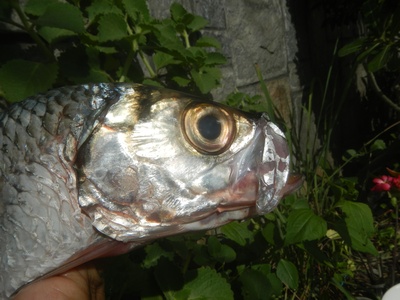
Mrigal Carp
A fish native to Indian rivers, it is one of the three most important carp species for aquaculture in South Asia. Valued for its fast growth rate and role in pond ecosystems.
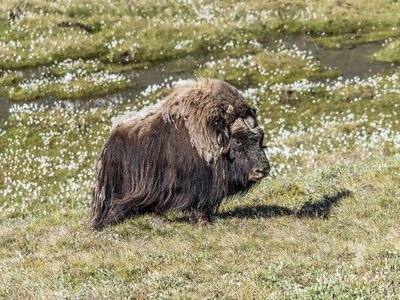
Muskox
An arctic mammal farmed for its incredibly fine underwool, called qiviut, one of the most expensive natural fibers. A single muskox can produce 2-3 kilograms of qiviut annually.
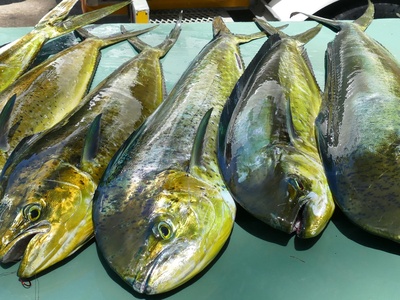
Mahi-mahi
A fast-growing marine fish, also known as dolphinfish, farmed for its firm, white flesh. It’s known for its brilliant colors which fade almost immediately after the fish dies.
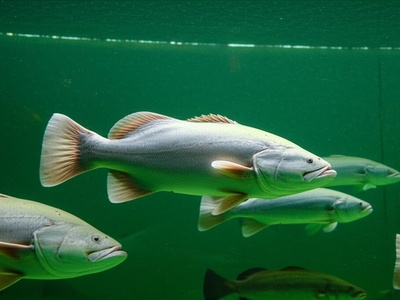
Murray Cod
Australia’s largest freshwater fish, now sustainably produced through aquaculture as a premium food fish. It is a slow-growing, long-lived species known for its delicate, white flesh.
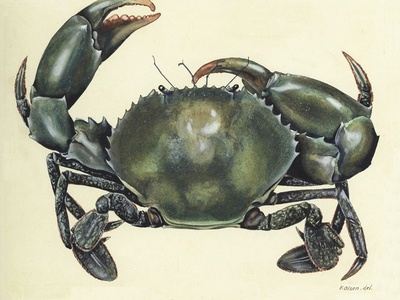
Mud Crab
A large, meaty crab species highly valued in Indo-Pacific cuisine. Aquaculture often focuses on “fattening” captured young crabs to produce a sought-after seafood delicacy.
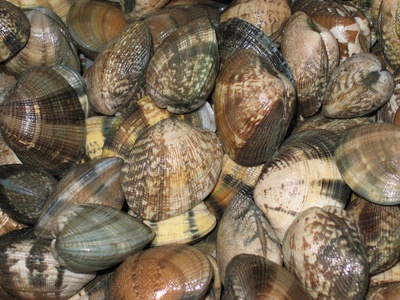
Manila Clam
A small, saltwater clam that is one of the most widely farmed clam species in the world due to its hardiness. It was accidentally introduced to North America and thrived.
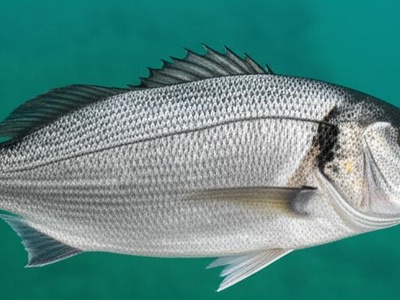
Meagre
A large fish that has become a key species for Mediterranean aquaculture due to its rapid growth and high-quality white meat, often compared to sea bass in texture and taste.
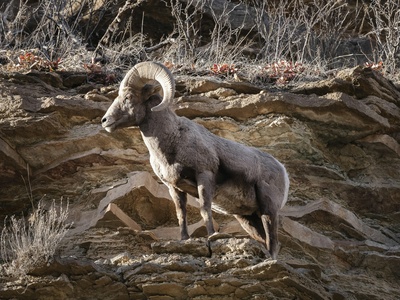
Mouflon
A wild sheep species from the Middle East, considered an ancestor of all modern domestic sheep. It is farmed on a limited basis for meat, trophy hunting, and conservation.
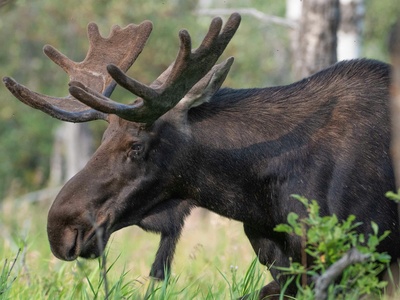
Moose
The largest deer species, experimentally farmed in Russia and Scandinavia for its highly nutritious milk. Moose milk is very rich in fat and protein, used to treat certain illnesses.
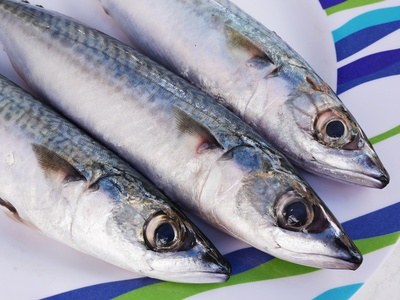
Mackerel
A species known as the Japanese Spanish mackerel, it’s a target for aquaculture in East Asia. Farmed for its rich, oily meat that is popular for grilling and sashimi.
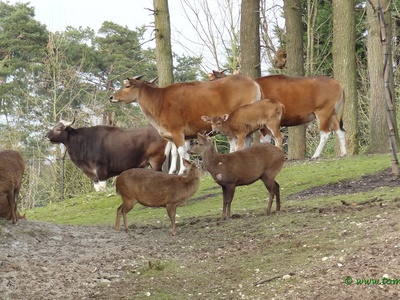
Muntjac
A small deer native to Asia, now farmed in the UK and elsewhere for its high-quality, lean venison. Known as the “barking deer” for its distinctive, dog-like vocalization.
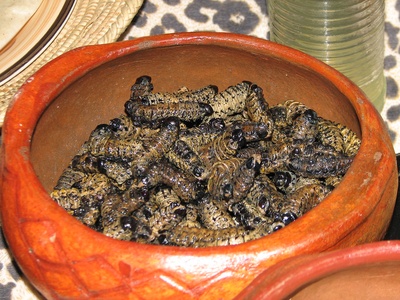
Mopane Worm
The caterpillar of the emperor moth, a traditional food in Southern Africa. It is farmed and harvested for its high protein content and is often dried or smoked for preservation.
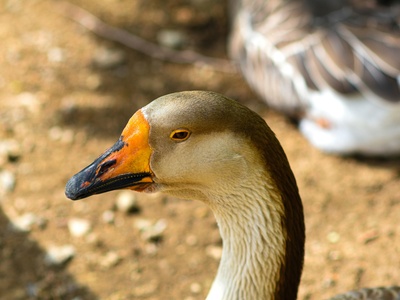
Magpie Goose
A unique Australian waterfowl farmed on a small scale for its rich, dark meat. Unlike true geese, it undergoes a simultaneous molt, temporarily losing its ability to fly.
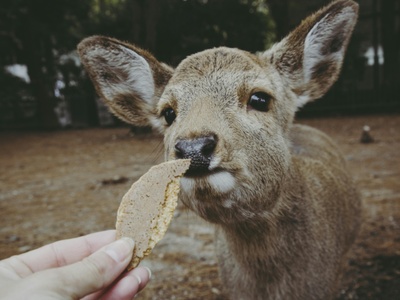
Musk Deer
A small, deer-like mammal farmed for the fragrant musk secreted by males, a valuable ingredient in perfumes. Farming helps reduce poaching of endangered wild populations.
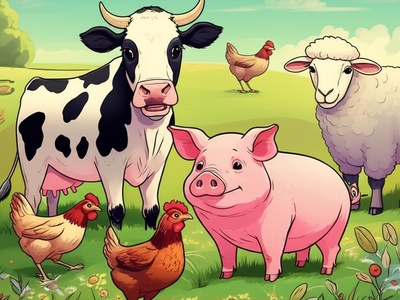
Mangrove Red Snapper
A popular food fish in the Indo-Pacific region, prized for its firm, pinkish flesh. It is a versatile species, capable of thriving in both freshwater and full saltwater environments.
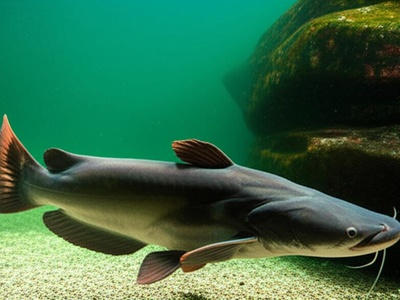
Marble Goby
A high-value freshwater fish farmed in Southeast Asia, especially sought after for live fish markets. It is a carnivorous, bottom-dwelling species known for its delicate, sweet-tasting flesh.
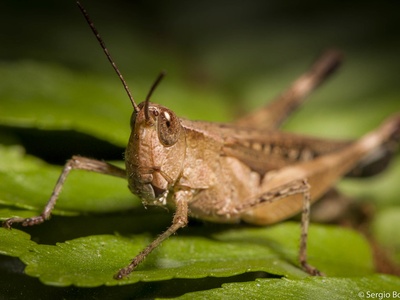
Migratory Locust
A large insect species farmed as a source of high-quality protein for both animal feed and human food products. They can be ground into flour or eaten whole.
